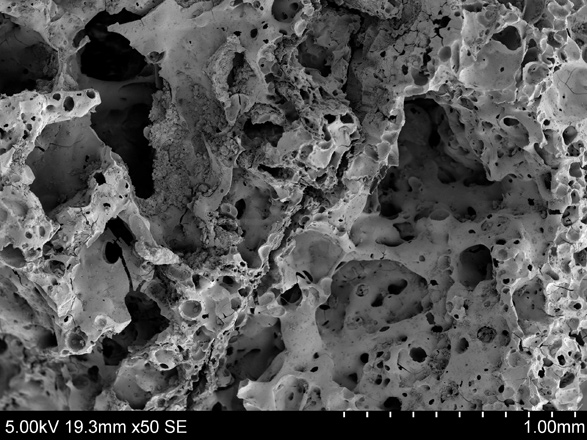AMMAN — The remnants of 14,000-year-old bread were found at an archaeological site called Shubayqa 1 site in north-eastern Jordan.
The scholarly journal “Proceedings in National Academy of Science” recently published an article about the discovery.
Researchers already started digging the site in 2012. “However, the remains were not identified as ‘bread’ until 2016,” said archaeologist Amaia Arranz Otaegui, who is affiliated with the University of Copenhagen.
Up to this date, the 14,000-year-old bread is the oldest bread found used for human consumption, Otaegui noted. The bread seems to have been a regular part of the diet of the Natufians, the hunter-gatherers living in the Levant region in the sedentary Late Epi-Paleolithic period.
“However, it is very early to draw conclusions about the Natufian diet. We need to study more than 300 archaeobotanical samples from the site,” Otaegui said, adding that the rest of the food, which includes more than 600 samples, yet remains to be identified.
So far, the available evidence suggests that the wild ancestors of domesticated crops such as wheat, barley, peas and lentils were not commonly consumed by the Natufian people.
Instead, they seem to have focused on the exploitation of club-rush, a plant from the family of papyrus, according to Otaegui, and gathered and roasted the tubers (the part of the plant that grows underground, like a root) and made flour out of them.
Otaegui’s team managed to produce such flour and was able to make bread out of it. “The taste was overall salty and a bit gritty,” she said, noting that the produced bread remains will be later analysed using a Scanning Electron Microscope and compared against the archaeological remains.
Shubayqa is the only Natufian site so far analysed in the Black Desert (eastern Jordan), but “the available evidence suggests that cereals were not regularly consumed”, she highlighted.
“In Shubayqa 1 there are hundreds of food remains, but our suspicion is that most of them were made using club-rush tubers. Future analyses will confirm or reject this hypothesis,” Otaegui stressed.
